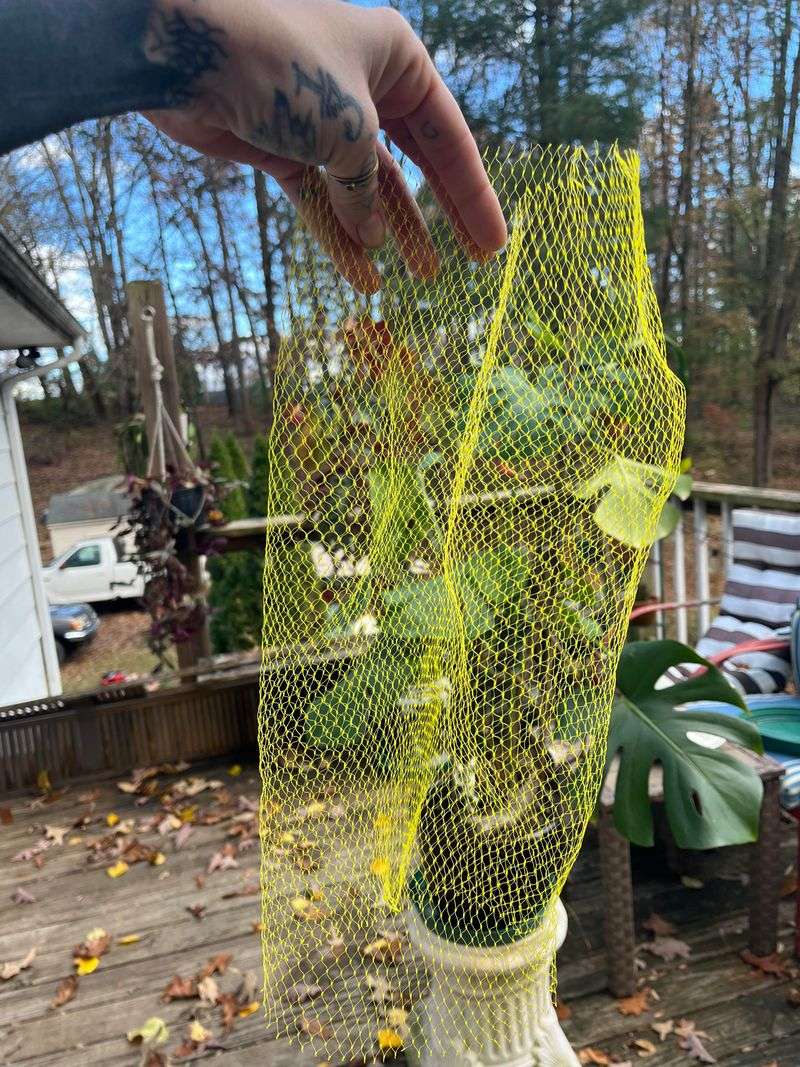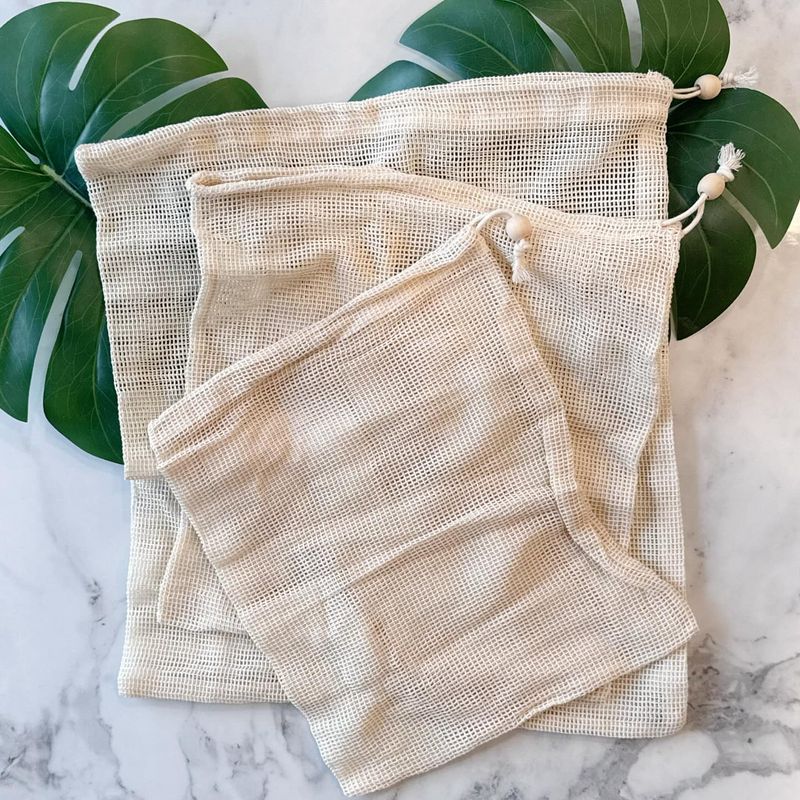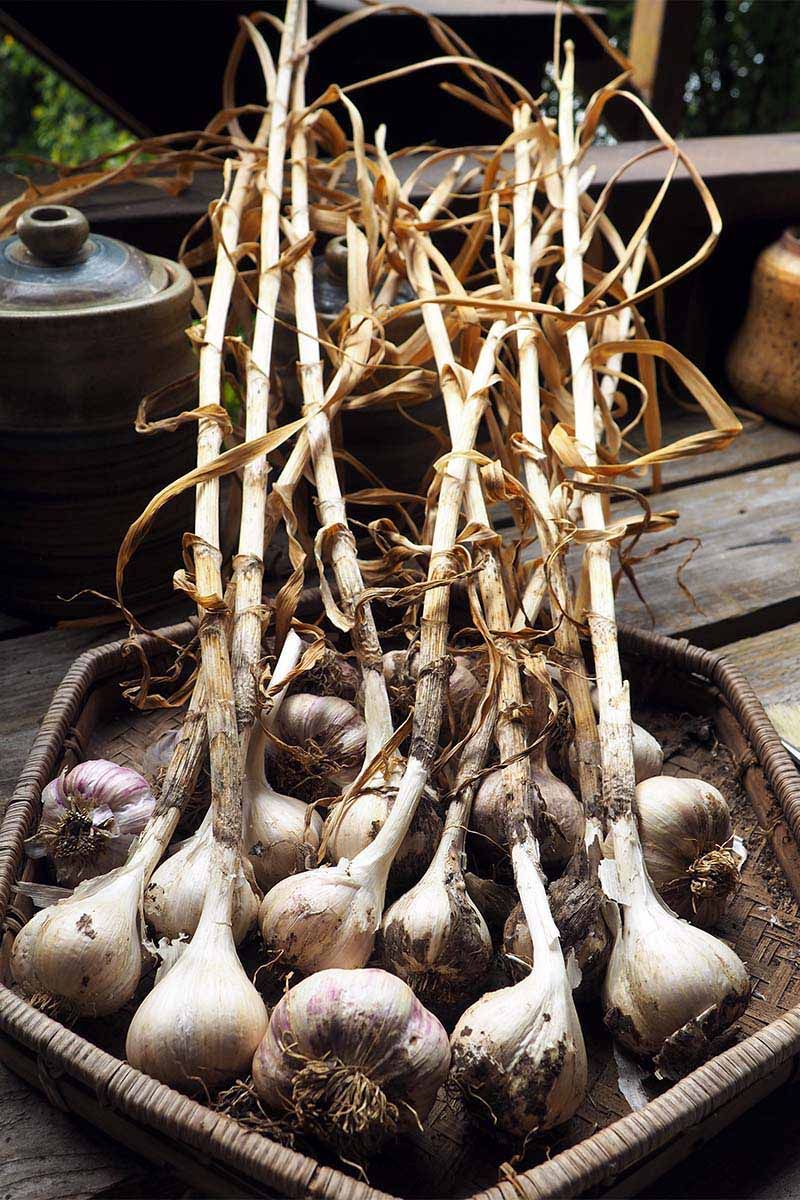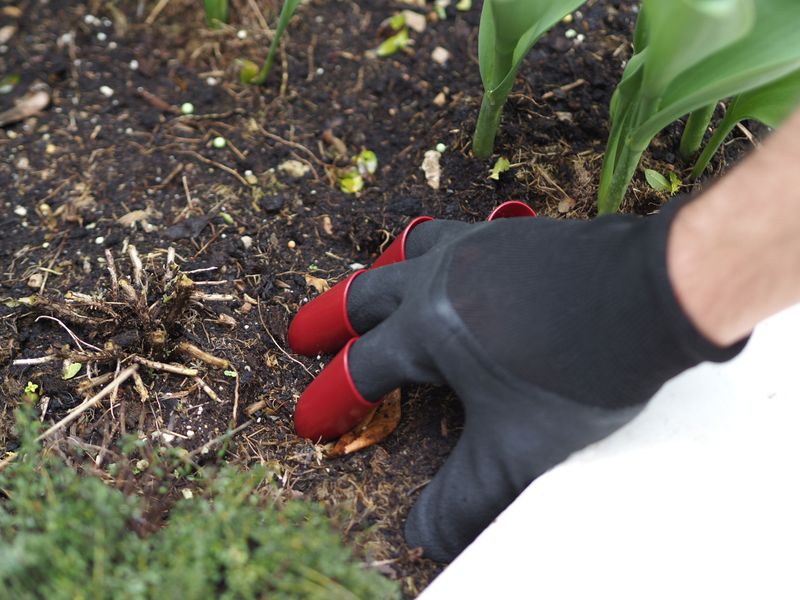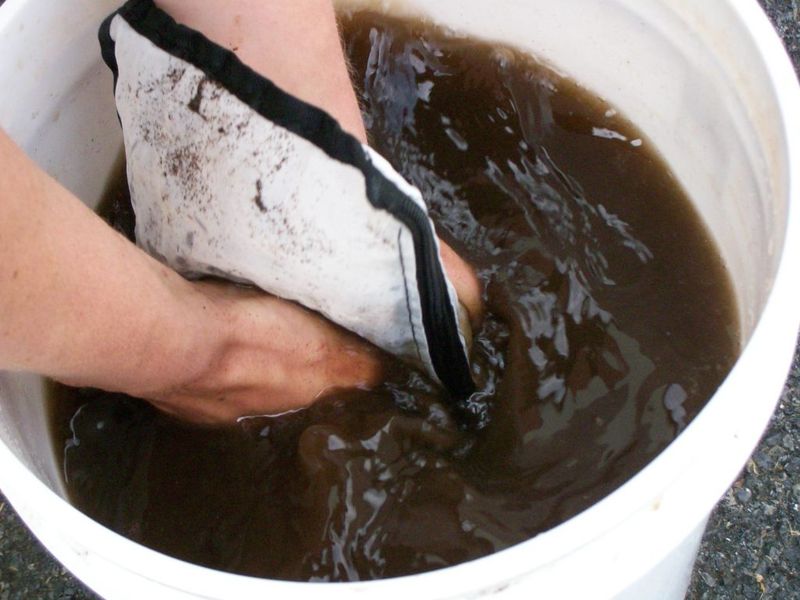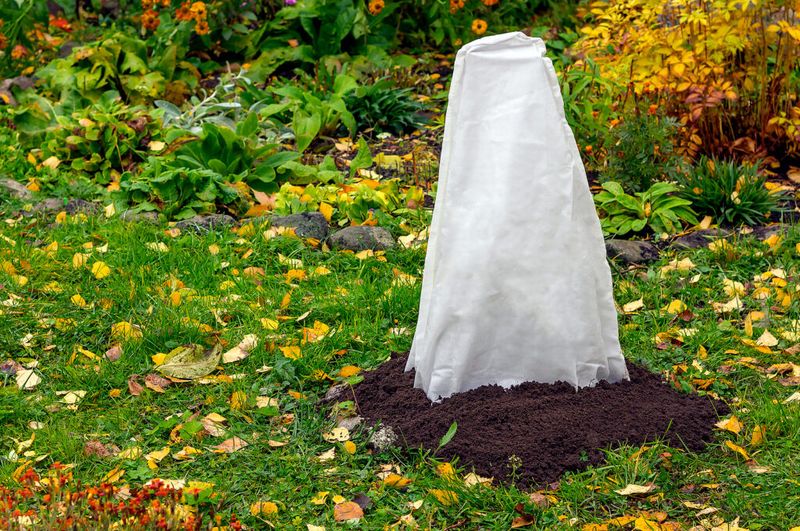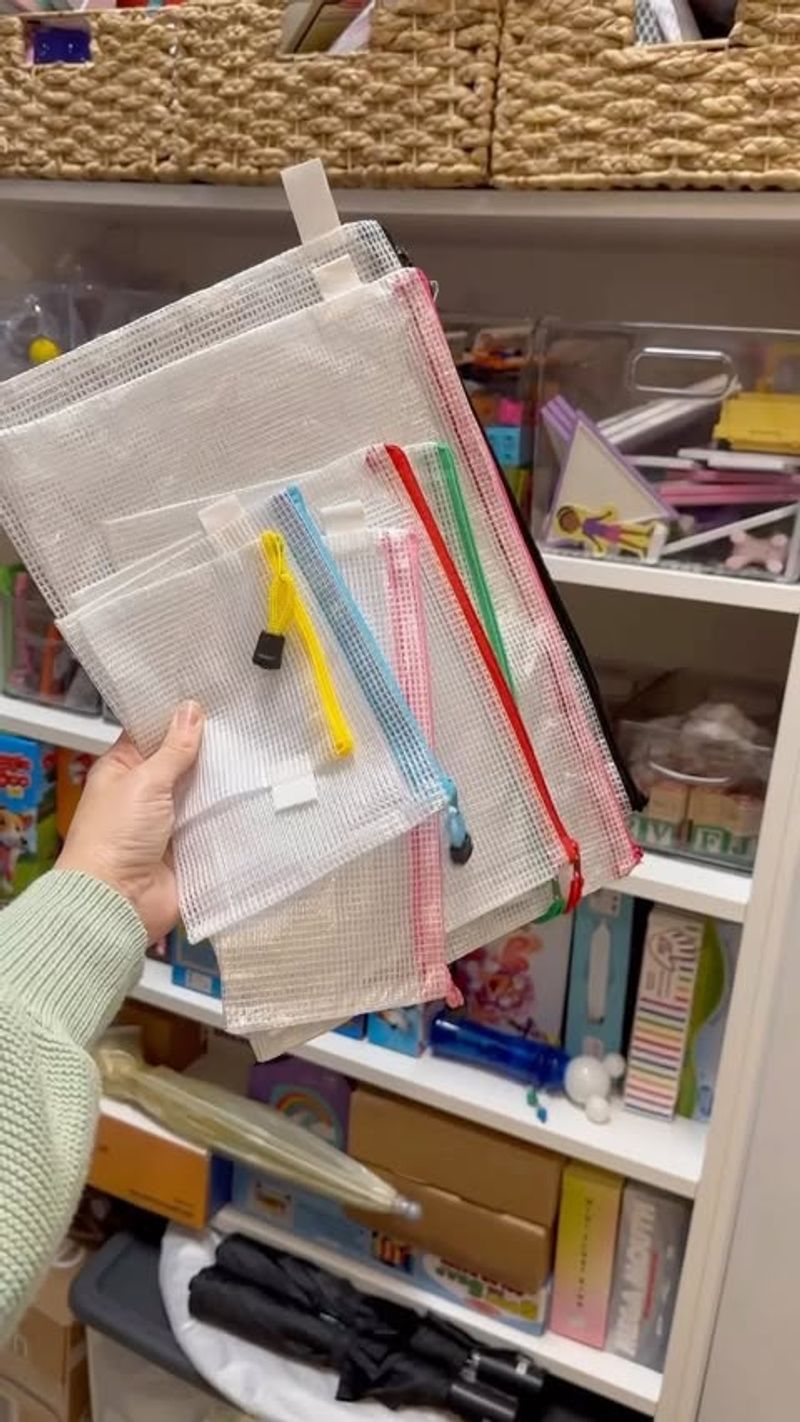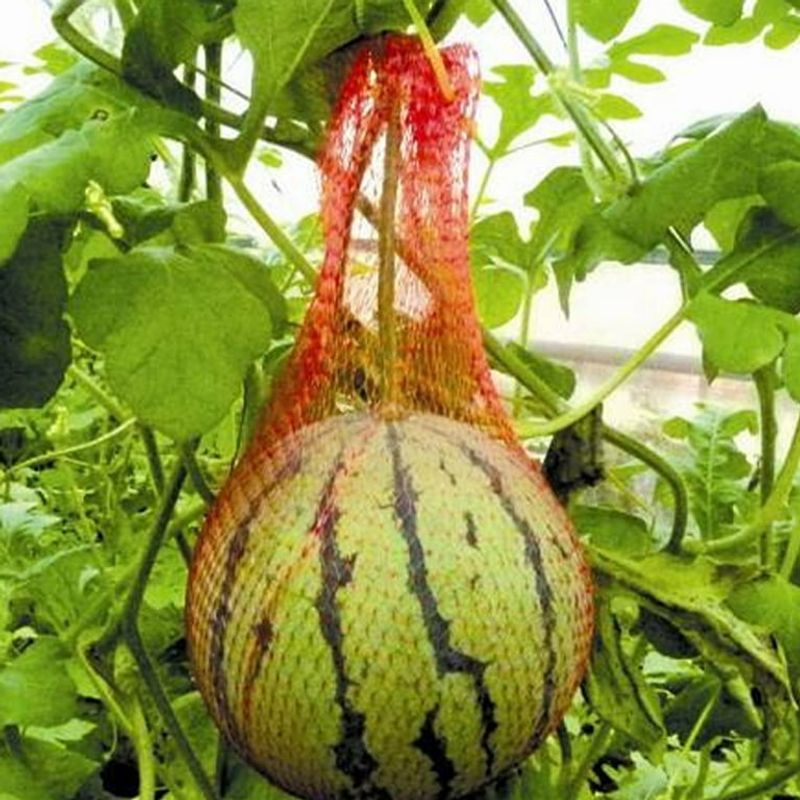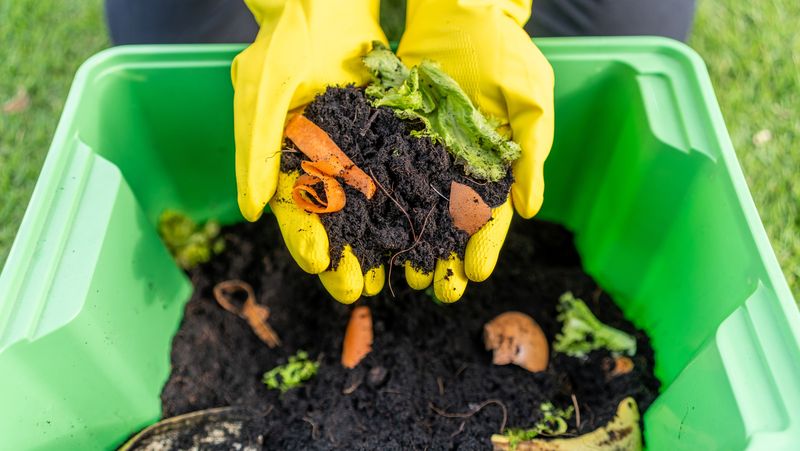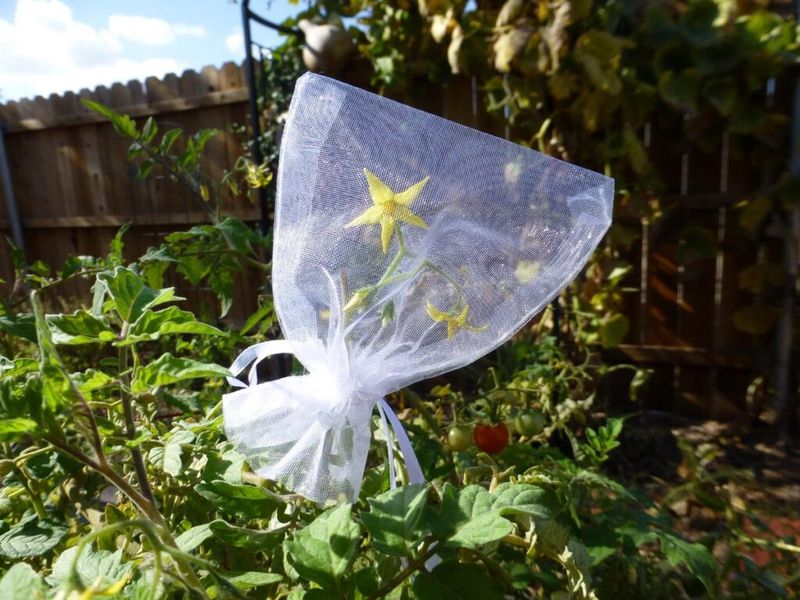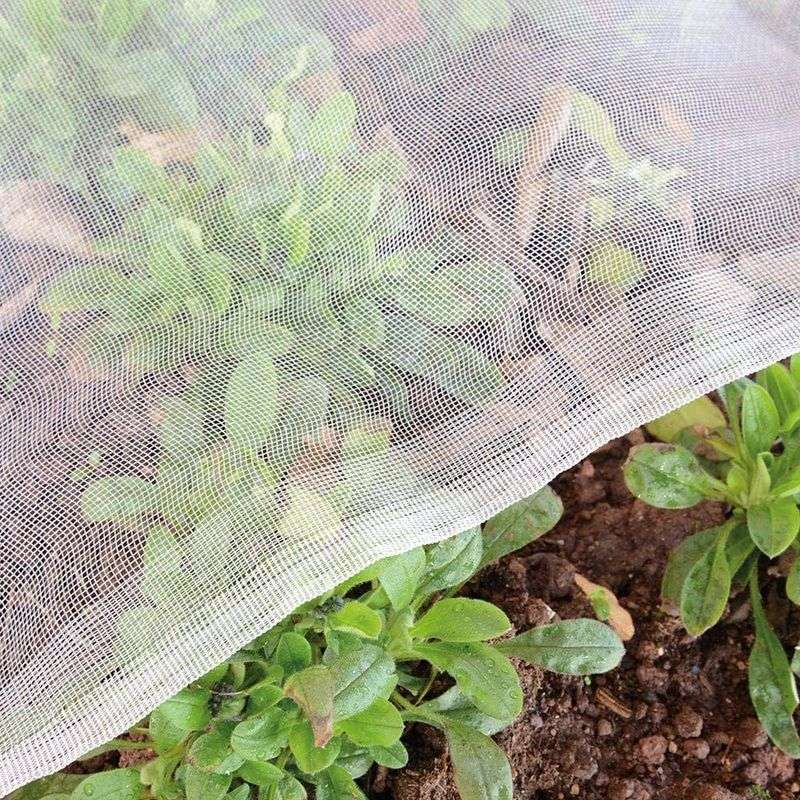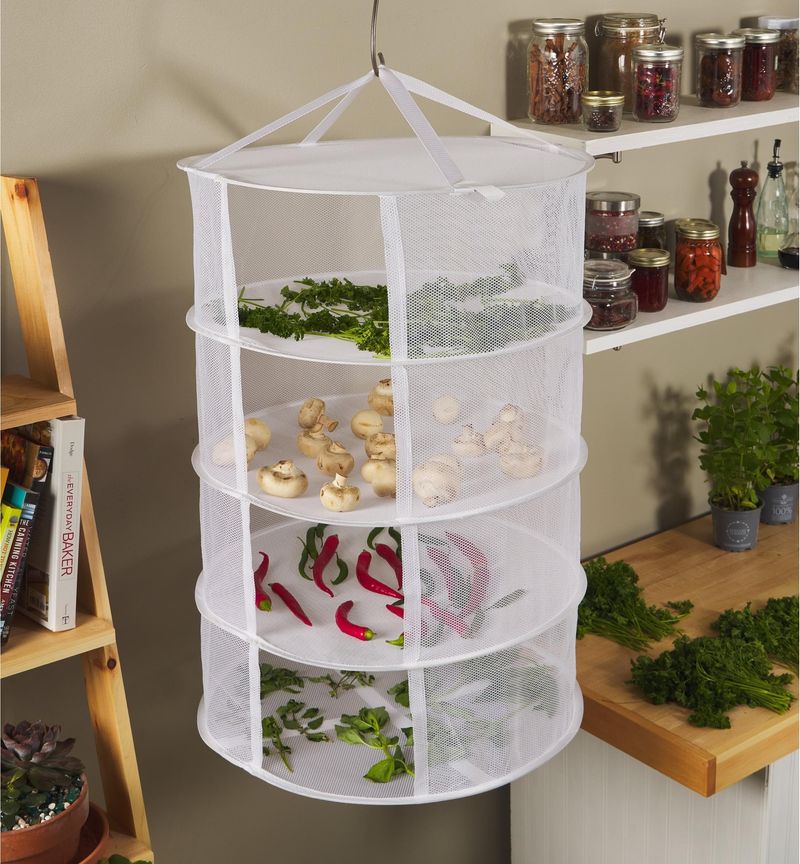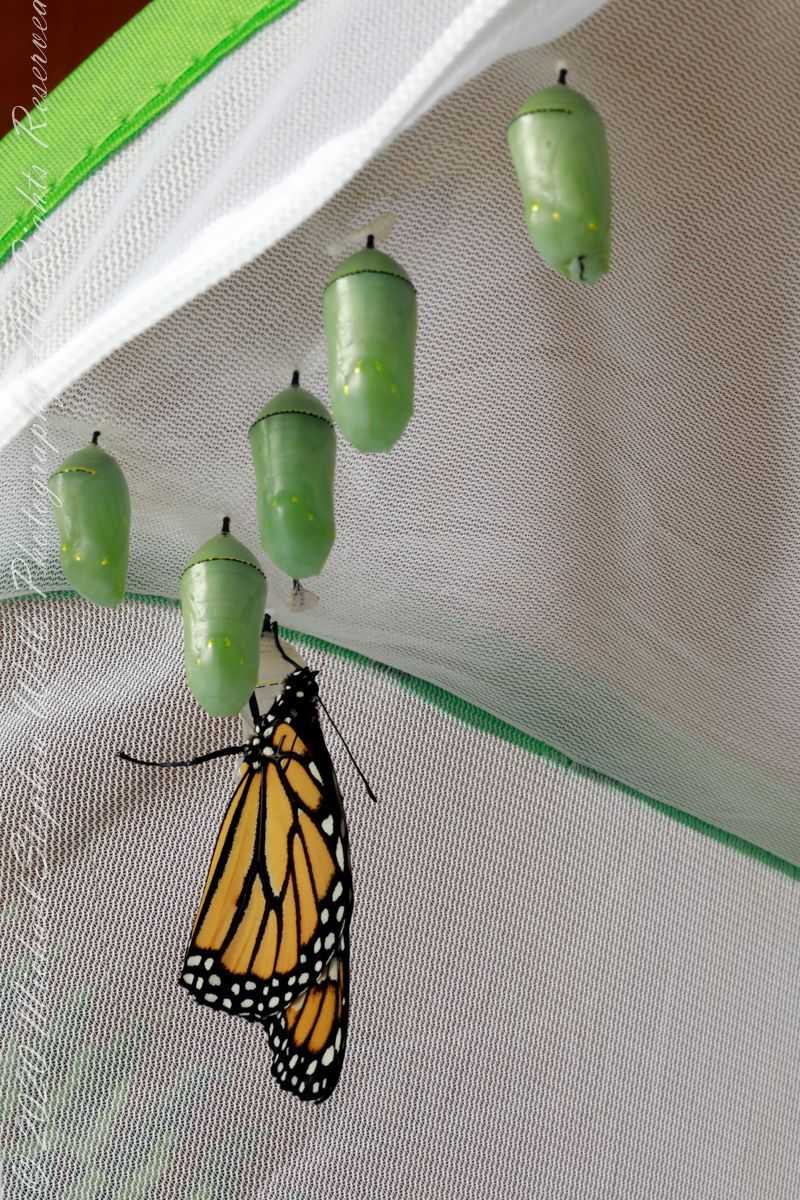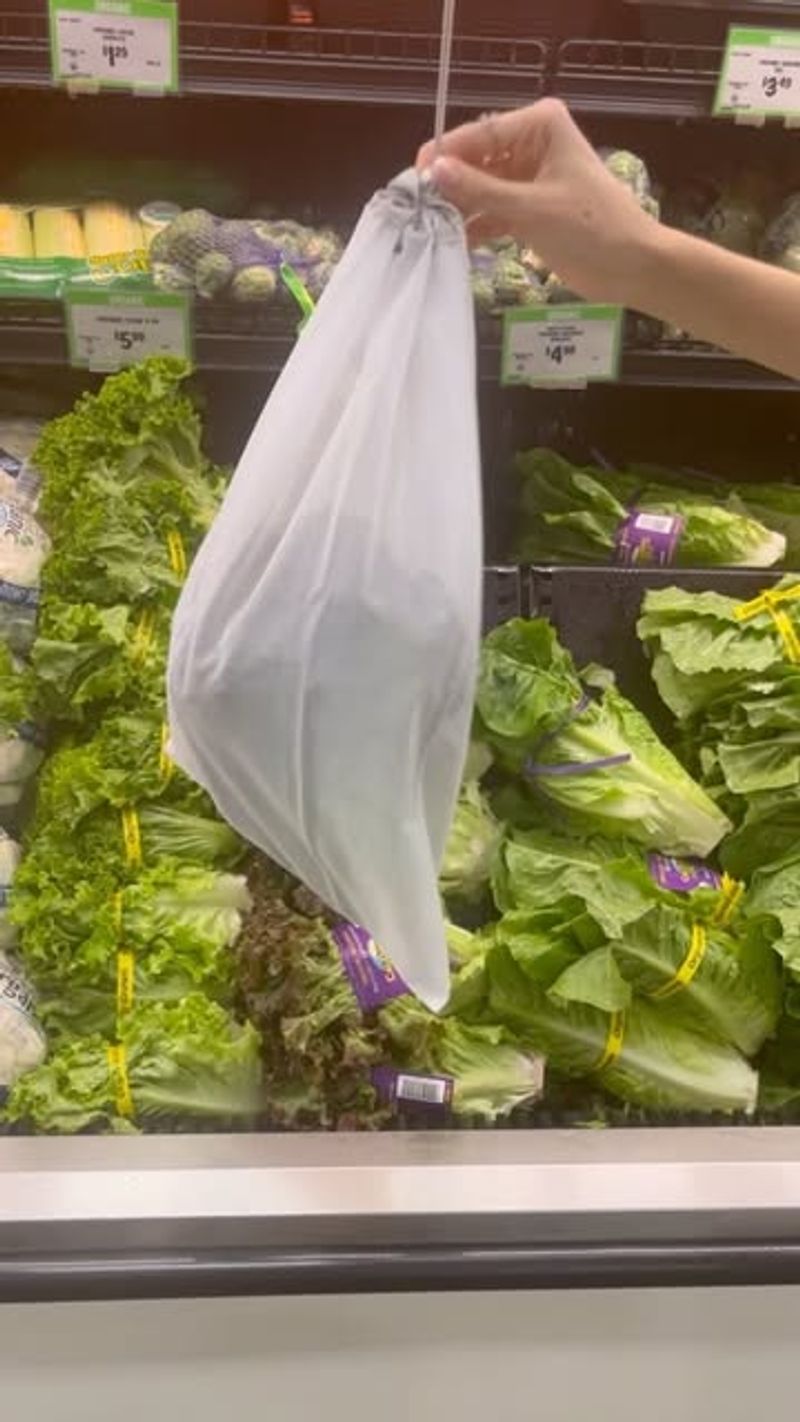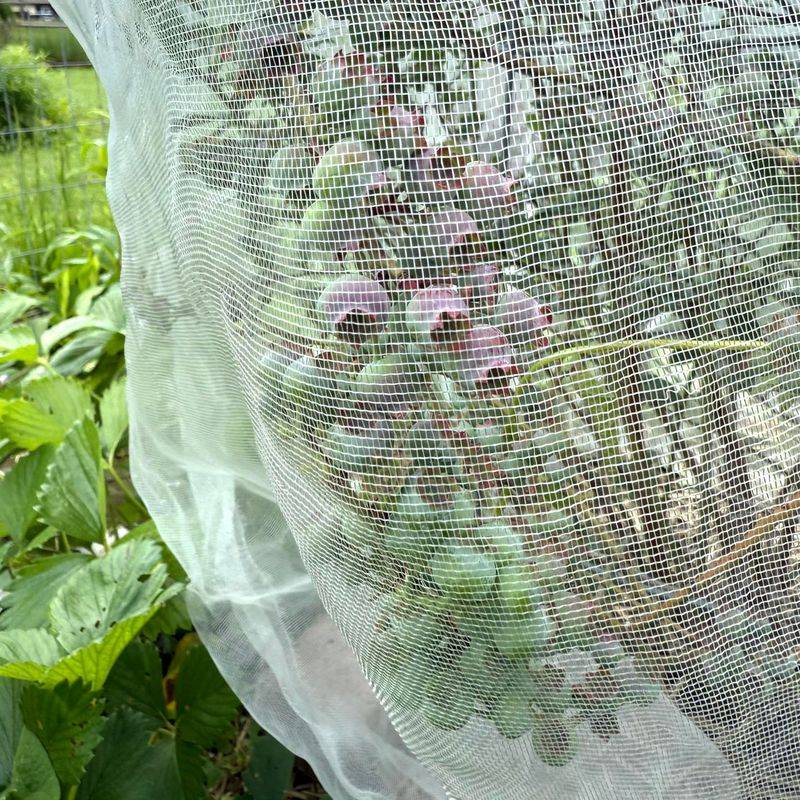Those stretchy mesh produce bags you get with onions or oranges? Don’t toss them—they’re secret treasures for savvy gardeners. With a little creativity, they become handy tools that solve everyday garden problems with zero extra cost.
Use them to protect ripening fruits from birds, store harvested bulbs, or scrub muddy tools clean. They’re light, breathable, and practically made for reuse.
Best part? You’re keeping plastic out of the landfill while saving money. It’s the kind of smart, low-waste solution that makes gardening even more rewarding. Who knew your next garden upgrade might be hiding in your kitchen trash?
1. Create Seed Starting Pouches
Turn those colorful mesh bags into mini seed-starting pouches for your garden. Cut them into small squares, add a spoonful of seed starting mix, drop in your seeds, and tie with twine.
The mesh allows water to flow through while keeping soil contained. I’ve had amazing success starting herbs this way – the roots actually grow through the mesh once they’re established!
When it’s time to transplant, you can place the entire pouch in the ground where the mesh will eventually break down, causing zero transplant shock.
2. Protect Fruit From Birds
Slip these mesh bags over ripening fruit on trees to keep hungry birds and insects away. The breathable nature of the material allows sunlight and air to reach your precious produce while creating a physical barrier.
Last summer my cherry harvest doubled after I started using this method. Simply cut open the mesh bag along one seam, slip it over a cluster of fruit, and secure it with a twist tie.
For larger fruits like apples or peaches, one bag can protect 2-3 fruits perfectly. The best part? You can wash and reuse them year after year.
3. Make Drainage Liners For Pots
Cut mesh bags to fit the bottom of your plant pots before adding soil. This creates excellent drainage while preventing soil from washing out the bottom during watering.
The open weave allows excess water to escape freely but holds back even fine soil particles. After switching to this method, my container plants stopped getting waterlogged during heavy rains.
For extra drainage in large pots, layer a few mesh pieces. This trick works particularly well for plants that hate wet feet, like lavender, rosemary, and succulents.
4. Hang Bulbs For Drying
Repurpose mesh bags to dry and store harvested garlic, onions, and shallots. The breathable material prevents moisture buildup that can lead to rot while providing excellent air circulation.
After harvesting my garlic, I gently place 8-10 bulbs in each bag, tie it closed, and hang them from hooks in my shed. The open weave makes it easy to check on them without unpacking everything.
Label each bag with masking tape to keep track of different varieties. My homegrown garlic stays fresh for months longer using this storage method.
5. Create Scrubby Weeding Gloves
Transform mesh bags into textured gardening gloves that double as weeders. Cut open the bag, fold it over your hand, and secure with rubber bands at the wrist for an instant scrubby glove.
The slightly abrasive texture helps grip slippery weeds and provides gentle scrubbing action for cleaning root vegetables. After trying store-bought weeding gloves that wore out quickly, these DIY versions have become my go-to.
They’re especially effective for grabbing those pesky chickweed clusters that slip through your fingers. When dirty, just rinse them off with the garden hose!
6. Strain Homemade Compost Tea
Use mesh produce bags as strainers when brewing compost tea for your plants. Fill a bag with finished compost, secure the top, and suspend it in a bucket of water like a giant tea bag.
The mesh allows beneficial microbes to flow into the water while keeping larger particles contained. My houseplants absolutely thrive when I feed them this strained compost tea every few weeks.
For stronger tea, let it steep for 24-48 hours, occasionally squeezing the bag. Unlike metal strainers, these mesh bags won’t rust when left in water.
7. Build Protective Seedling Cloches
Fashion quick seedling protectors using mesh bags stretched over simple wire frames. Bend coat hangers or garden wire into arches, push the ends into soil around tender seedlings, and drape the mesh over top.
The resulting mini-greenhouse shields young plants from harsh sun, strong winds, and curious critters. When an unexpected late frost threatened my tomato seedlings last spring, these impromptu cloches saved the entire crop.
Secure the edges with garden stakes or rocks to prevent them from blowing away. Unlike plastic covers, mesh allows for proper airflow, preventing overheating.
8. Organize Small Garden Tools
Corral those easily lost small garden tools by storing them in labeled mesh bags. Twine, plant markers, pruning shears, and gloves stay visible yet contained, saving precious shed space.
The see-through quality eliminates rummaging through opaque containers to find what you need. After constantly misplacing my seed packets and plant labels, this simple organization hack has saved me countless frustrated searches.
Hang the bags from hooks using the existing handles, or add a loop of ribbon. Color-coding different bags for different tool categories makes finding things even faster.
9. Make Plant Support Slings
Cut open mesh bags and use them as gentle support slings for heavy vegetable fruits like melons and pumpkins. The open weave allows air circulation while preventing rot where fruits touch the ground.
Tie the corners of your mesh square to nearby stakes or trellises, creating a hammock for growing produce. The stretchy nature of most produce bags provides give as fruits expand.
During last year’s growing season, not a single one of my cantaloupes developed ground rot thanks to these improvised slings. They’re particularly useful in wet climates where fruits decay easily on damp soil.
10. Craft Biodegradable Mulch Bags
Fill mesh bags with autumn leaves or grass clippings to create slow-release mulch packets for your garden beds. The contents break down gradually, feeding your soil over time.
Simply stuff the bags with organic material, tie them closed, and place them around plants that need extra nutrients. The mesh constrains the materials while allowing decomposition to happen naturally.
During hot summers, these mulch packets help retain soil moisture remarkably well. My neighbor asked what special fertilizer I was using after seeing how lush my tomato plants grew with these around their bases!
11. Create Seed Saving Packets
Harvest and dry seeds in small mesh bag packets that allow airflow but keep tiny seeds contained. Cut bags into smaller squares, add your collected seeds, and tie with colorful string for easy identification.
The breathable mesh prevents moisture buildup that can cause mold while drying. Since starting this method, my seed saving success rate has improved dramatically compared to using paper envelopes.
Hang the packets in a dry, cool place until seeds are completely dry. You can write directly on some mesh types with permanent marker, or attach small paper labels with variety names and collection dates.
12. Build Slug Barriers For Seedlings
Cut mesh bags into strips and place them around vulnerable seedlings to create a rough barrier that slugs and snails hate to cross. The abrasive texture deters these soft-bodied pests without harmful chemicals.
Slightly bury the edges to keep the barrier in place. After losing countless lettuce seedlings to slugs, this simple trick has increased my spring salad harvests by at least 80%.
The mesh eventually breaks down into the soil, so you don’t have to remove it later. For extra protection, choose bags with more rigid or scratchy mesh textures rather than the softer types.
13. Fashion Herb Drying Bundles
Wrap harvested herb bundles in mesh bags to dry them perfectly while keeping leaves and seeds from scattering. Gather your herbs, tie the stems with twine, and encase the leafy parts in the mesh.
The open weave provides excellent air circulation for quick, even drying while catching any seeds or leaves that fall off. This method revolutionized my herb preservation routine after years of finding dried thyme leaves all over my kitchen floor!
Hang the wrapped bundles in a warm, dry spot. Once dried, you can store smaller herbs right in the bags, labeled with hang tags for easy identification.
14. Construct Butterfly Release Pouches
Turn mesh bags into safe, temporary homes for hatching butterflies in your garden. After finding a chrysalis, carefully place it in a mesh bag and secure the opening with a twist tie.
The mesh allows the newly emerged butterfly to cling and dry its wings properly while protecting it from predators. My grandchildren were mesmerized watching a monarch butterfly emerge inside one of these homemade pouches last summer.
Once the butterfly’s wings are dry, simply open the bag and watch it fly away. This works especially well for school butterfly projects when timing the release with good weather.
15. Make Root Vegetable Storage Hammocks
Hang mesh bags filled with root vegetables from ceiling hooks in your cellar or pantry. This elevates your harvest off the floor, improves air circulation, and prevents rodent damage.
The hanging method works beautifully for storing potatoes, onions, and garlic for months. Don’t overfill the bags – about 5-8 pounds per bag prevents bruising and allows proper airflow around each vegetable.
My grandmother used this technique in her root cellar, and I’ve found it keeps potatoes from sprouting much longer than storing them in bins or baskets. The mesh texture also makes it easy to spot any items beginning to spoil.
16. Create Compost Sifter Screens
Stretch mesh bags over wooden frames to create custom compost sifters that separate finished compost from larger chunks. Simply staple the mesh tightly across an old picture frame or build a simple square from scrap wood.
The resulting screen lets fine, usable compost fall through while catching unfinished materials that can go back into the bin. After breaking three expensive store-bought sifters, these DIY versions have proven far more durable.
Different mesh sizes work for different purposes – finer mesh for seedling mix, coarser for general garden application. When one eventually wears out, just remove the staples and attach a new mesh bag!


